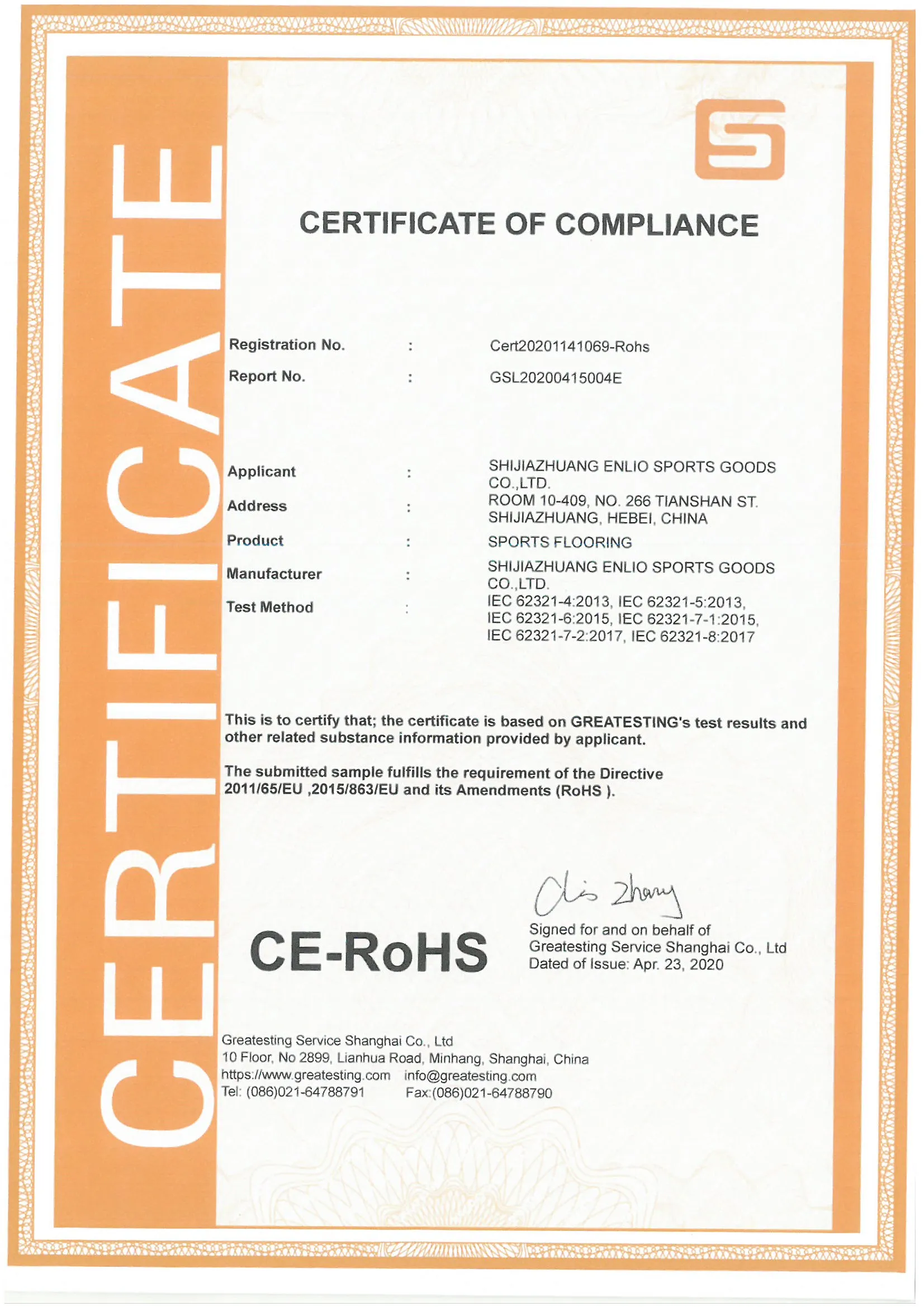masking tape for laser cutting
The Importance of Masking Tape for Laser Cutting
When it comes to laser cutting, precision and quality are paramount. A myriad of materials can be treated with laser technology, including wood, acrylic, and metals. However, one often-overlooked accessory that significantly enhances the process is masking tape. This article explores the importance of masking tape for laser cutting, its benefits, and how to use it effectively.
What is Masking Tape?
Masking tape is a type of pressure-sensitive tape made of a thin and easy-to-tear paper, known for its strong adhesive properties while being easy to remove. It comes in various widths and is essential for numerous applications, including painting, crafting, and, importantly, laser cutting.
The Benefits of Using Masking Tape in Laser Cutting
1. Protecting Surfaces One of the primary uses of masking tape in laser cutting is to protect the surface of the material being cut. The adhesive side of the tape adheres to the material, preventing any scorching or burning caused by the laser. This is particularly vital when working with materials like wood and acrylic, ensuring a clean and smooth finish.
2. Preventing Delamination In materials like plywood or engineered wood products, laser cutting can sometimes cause layers to separate or delaminate. Applying masking tape over the surface helps to keep the layers intact during the cutting process, resulting in a more aesthetically pleasing and structurally sound final product.
3. Reducing Fume and Debris During laser cutting, fumes and debris can accumulate on the material. Masking tape can help mitigate this issue by preventing the excessive buildup of dross—a term used to describe the molten material that can harden on the cut edges. Maintaining a cleaner workspace contributes to better cut quality and reduces post-processing time.
4. Enhanced Design Clarity For intricate designs and detailed cuts, visibility can be a concern. Masking tape provides a contrasting background, allowing operators to see the design more clearly. This contrast is helpful for manual setups, ensuring that the laser cutter aligns accurately with the intended cuts.
5. Improving Adhesion for Acrylic When cutting acrylic, even the slightest movement can lead to misalignment. Masking tape helps in securing the material firmly to the cutting bed, thus reducing the risk of shifting during the cutting process. This results in precise cuts and enhances the overall quality of the work.
masking tape for laser cutting

How to Use Masking Tape for Laser Cutting
Using masking tape effectively involves a few straightforward steps
1. Select the Right Type of Tape Not all masking tapes are created equal. It’s advisable to choose a high-quality tape that can withstand the heat generated by the laser and adhere well to the selected material.
2. Prepare the Material Before applying the tape, ensure that the surface of the material is clean and free from dust or oils. This enhances the bond between the tape and the material.
3. Apply the Tape Carefully apply the masking tape over the area to be cut. Ensure that there are no bubbles or wrinkles, as these can affect the quality of the cut. If working with larger sheets, you might need to use multiple strips of tape.
4. Cut with Precision Once the tape is in place, proceed to set up your laser cutter and initiate the cutting process. Monitor the cutting to ensure that the tape remains intact and effectively protects the material.
5. Remove Post-Cutting After the cutting is complete, allow the material to cool slightly before carefully peeling off the masking tape. This prevents any adhesive residue from being left on the material surface.
Conclusion
Masking tape may seem like a simple tool, but its role in laser cutting is crucial for achieving high-quality results. From protecting surfaces and preventing delamination to improving visibility and adhesion, the benefits of using masking tape are significant. By incorporating this often-marginalized accessory into your laser cutting workflow, you can enhance both the efficiency and quality of your projects.
-
The Evolution of Luxury Flooring Guangzhou Enlio's JourneyAug.05,2025
-
Innovative Commercial Flooring Solutions from Guangzhou Enlio SportsAug.05,2025
-
Premium Interior Solutions with Quality Skirting OptionsAug.05,2025
-
Masking Tape The Essential Tool for Professional ApplicationsAug.05,2025
-
SPC Vinyl FlooringJul.18,2025
-
Home SPC FlooringJul.18,2025




